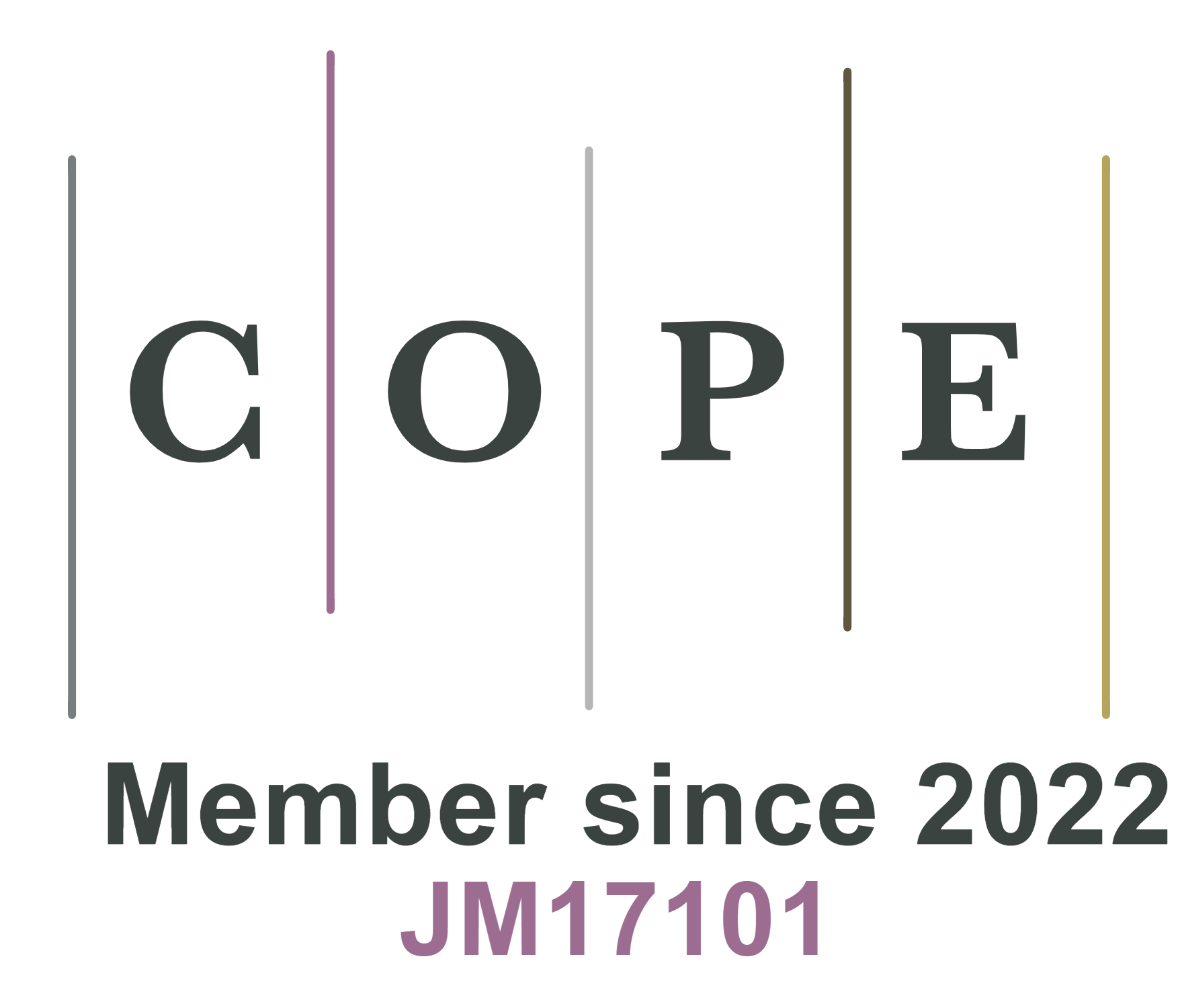fig4
Figure 4. (A) Fabrication mechanism and dynamic networks of the PAM/PBA-IL/CNF hydrogel[72]; (B) Adhesive properties of the PAM/PBA-IL/CNF hydrogel[72]; (C) A flexible Zn ion battery with “SEU” characters punctured, capable of powering the
Figure 4. (A) Fabrication mechanism and dynamic networks of the PAM/PBA-IL/CNF hydrogel[72]; (B) Adhesive properties of the PAM/PBA-IL/CNF hydrogel[72]; (C) A flexible Zn ion battery with “SEU” characters punctured, capable of powering the


All published articles are preserved here permanently:
https://www.portico.org/publishers/oae/